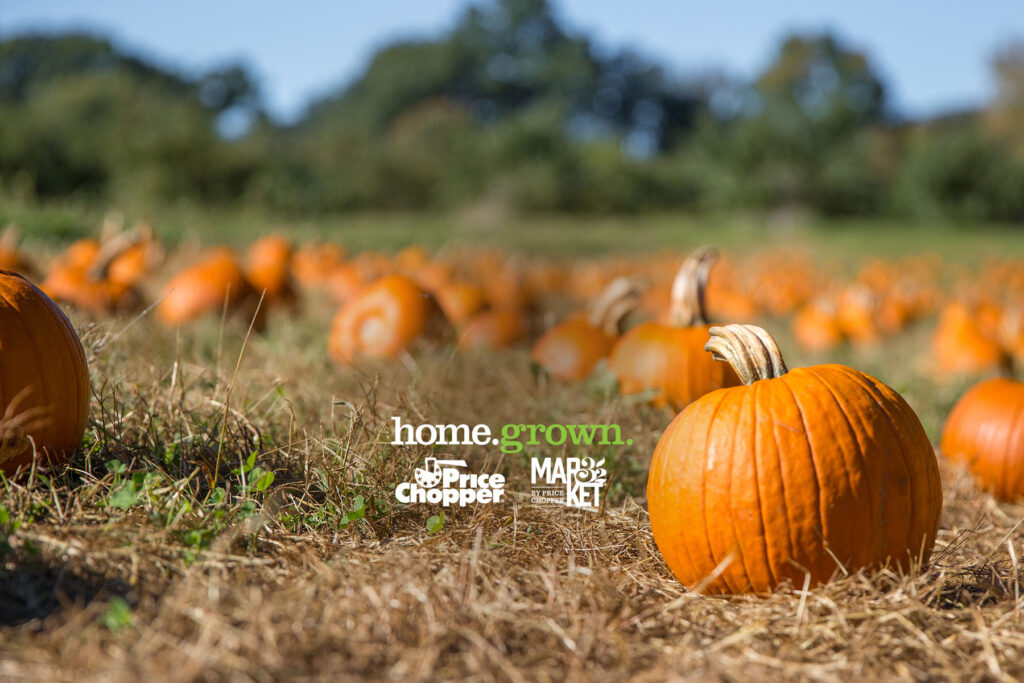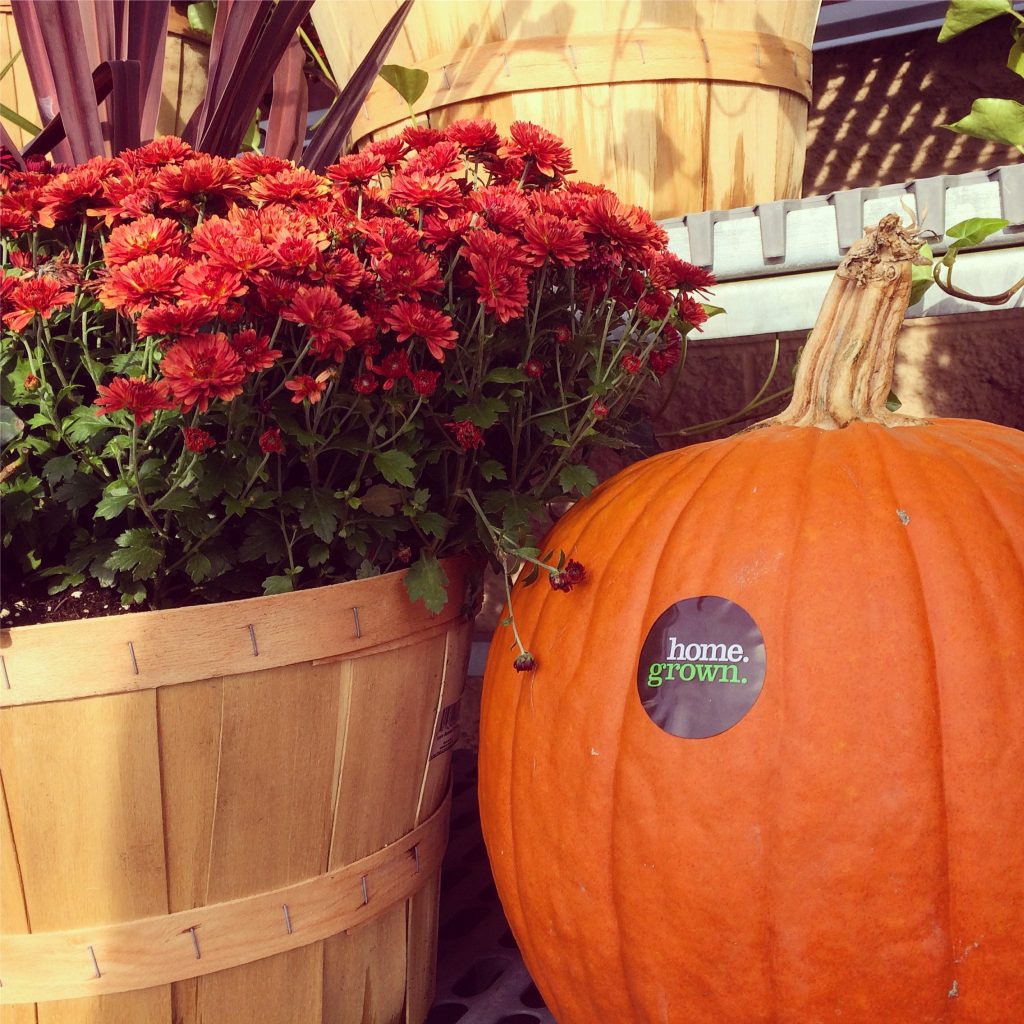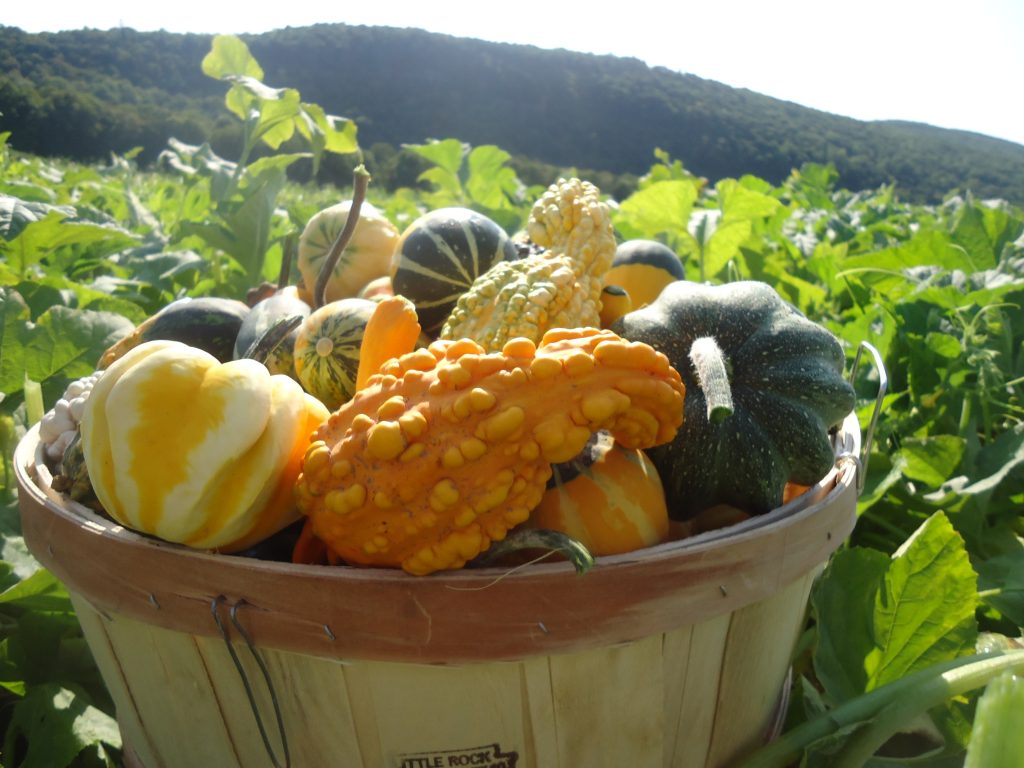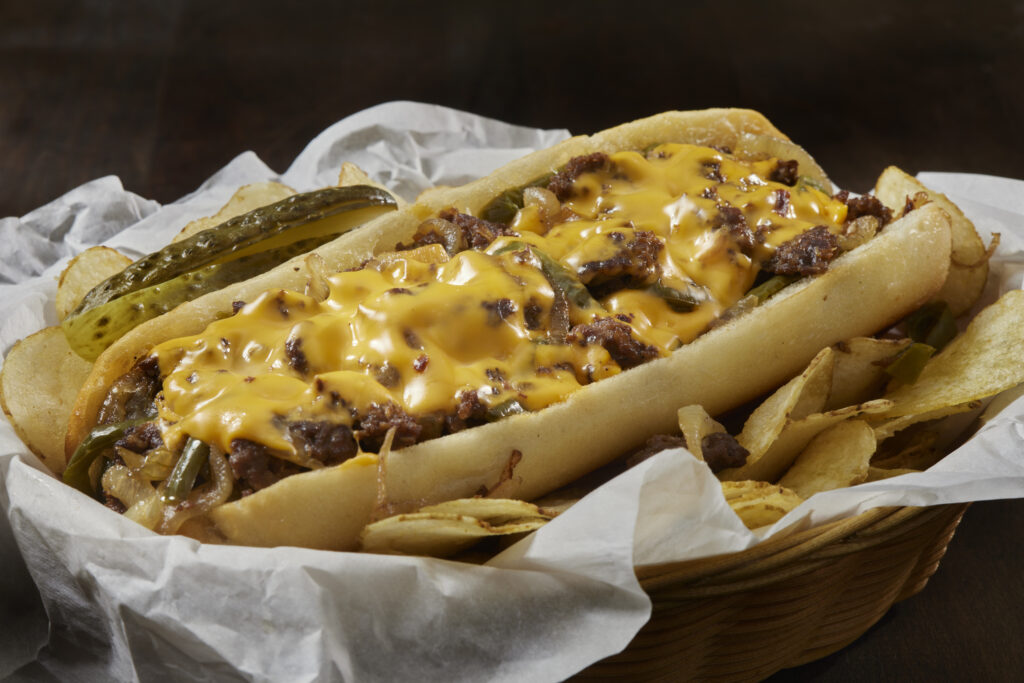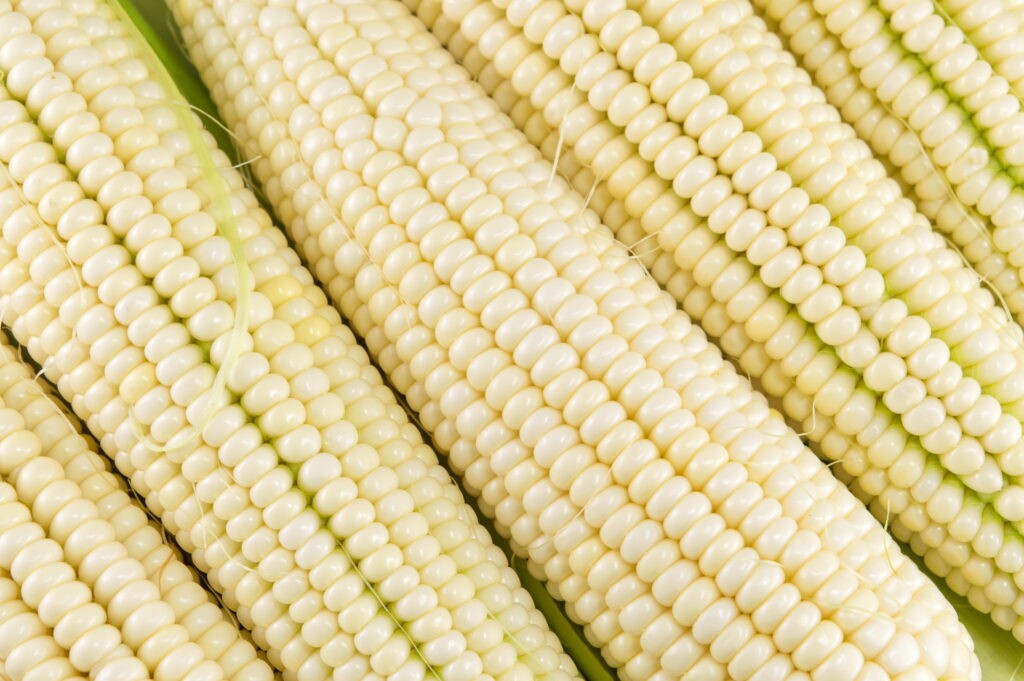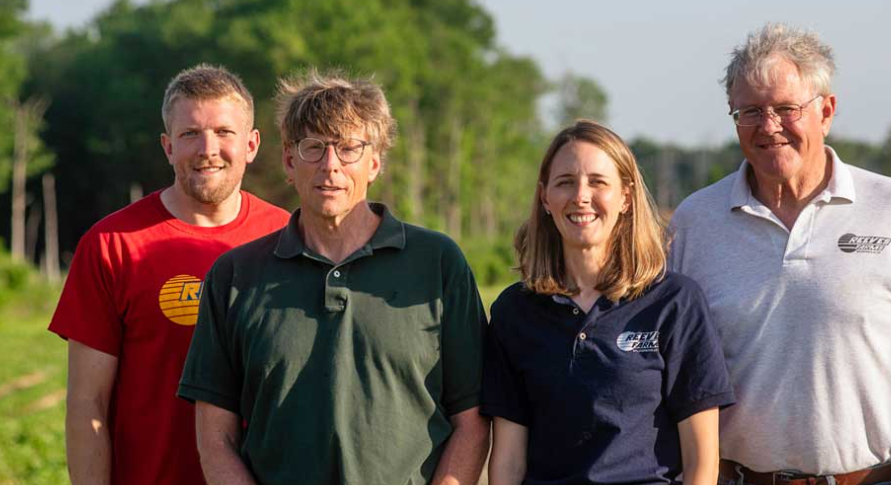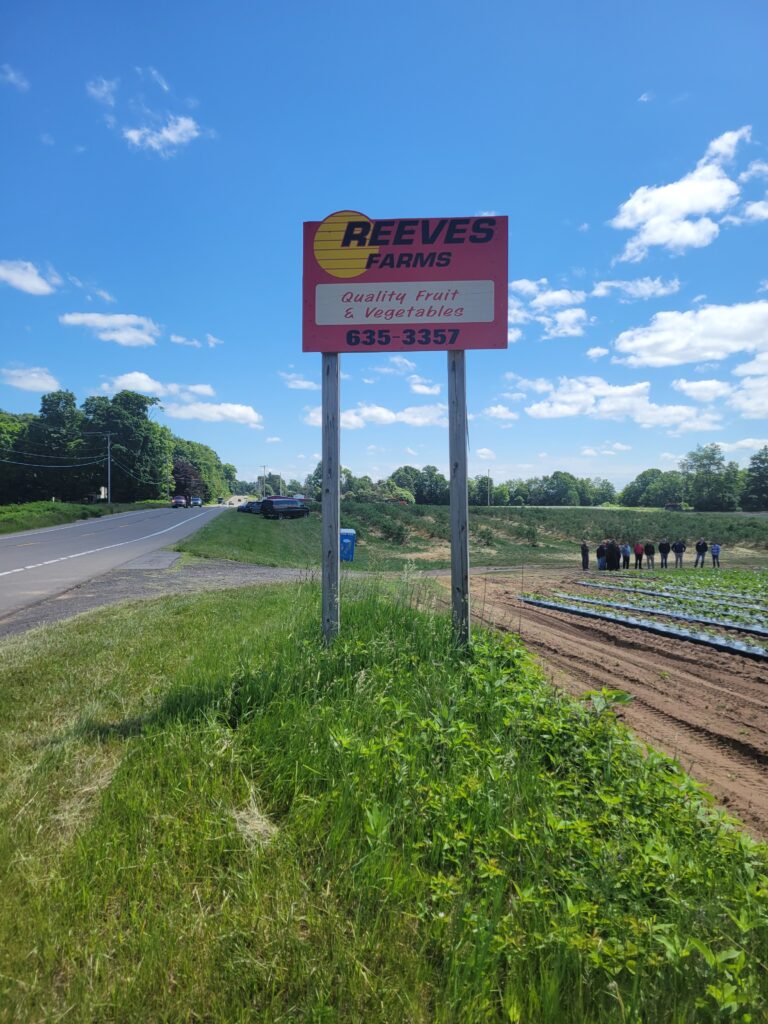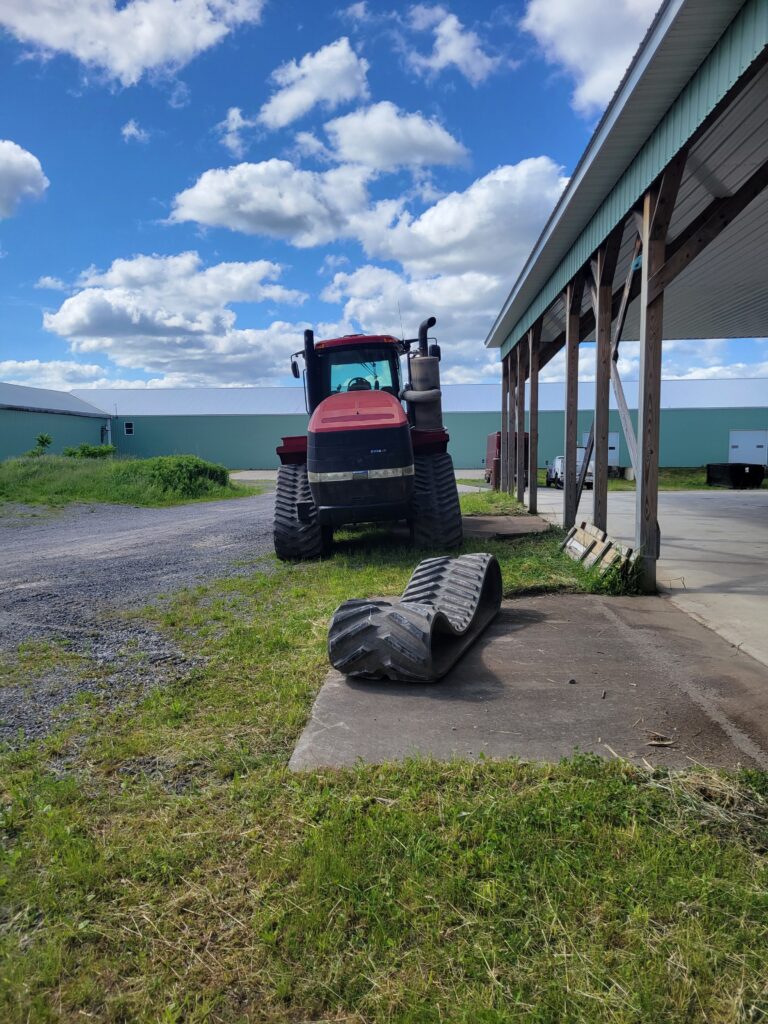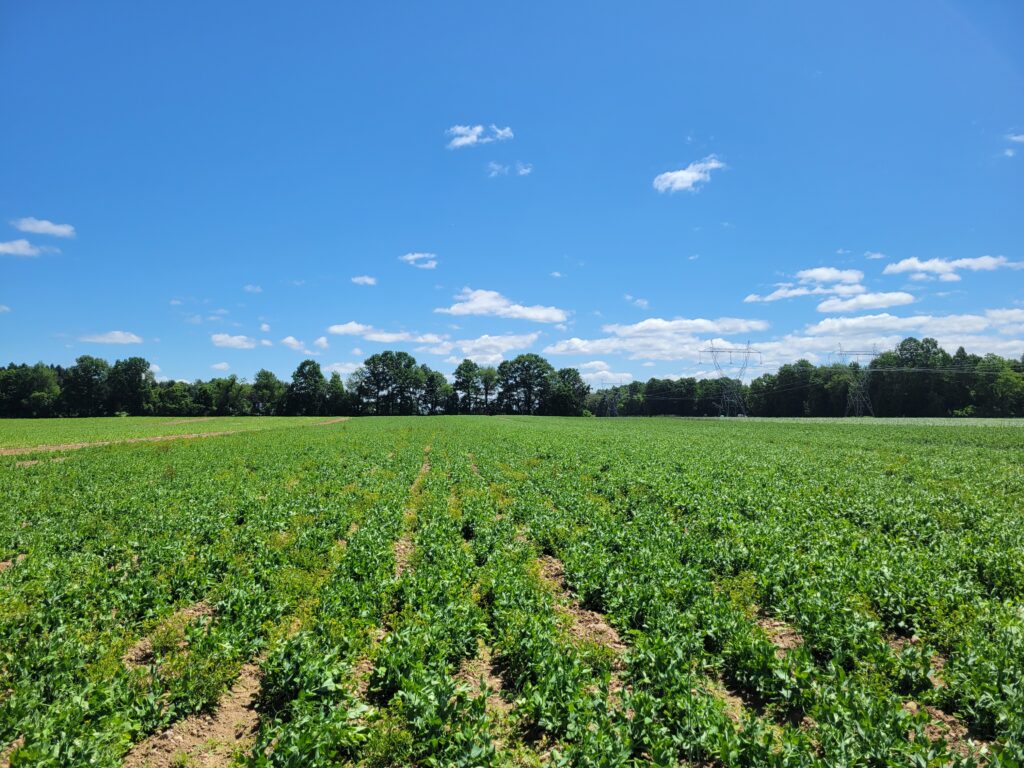Written by Sara Lilkas, Marketing Intern
When people ask about my favorite foods my first instinct is to choose apples. But when I say apples I do not only mean the delicious fruit, I’m also including the multitude of apple flavored baked goods, ciders, and the association they have with fall. Growing up in Upstate New York aka Apple Country, I would probably be considered a social pariah if apples were not high on my list of favorite foods. I couldn’t even tell you why I like apples so much since each variety has its own distinct flavor. If I had to pick my favorite varieties they would have to be golden delicious, granny smith, and honeycrisp (so you can see my taste go from very sweet to very tart.)
The real reason that I have apples on my mind is the weather is beginning to cool down so in addition to pulling out the scarves and boots, apples will begin to pop up everywhere again (which is fantastic.) What’s even more fantastic is the amount of apples available from local growers. Even though New York State may be known for apples, I have recently learned they are actually grown throughout the Northeastern United States. There are tons of orchards throughout the Northeast and many of them are still family owned and run. Price Chopper works hard to find the best tasting apples from local growers located in various parts of New York, Connecticut, and Vermont (and that’s only including a few of the growers they purchase from.) In this search for the best apples Price Chopper has developed long term relationships with many growers including Sunrise Orchards in Vermont (20 years!)

Sunrise Orchards and Roger’s Orchards in Connecticut take great pride in how their apples are grown. Both orchards are certified as
Eco Apples™ and have to adhere to strict growing practices in order to receive this certification. The program focuses on the quality of the soil the apples are grown on, and keeping beneficial insects within the environment. As part of this process having as much information about what is going on in the orchard and the plants surrounding the area is essential. By monitoring insect populations, growing conditions, and other factors that are important to the growing process growers can determine whether it is necessary to treat against any unwanted fungus or pest that may be harmful to the apple crop. The Eco Apple™ certification is not given out to every orchard, every year. In order to receive the certification the orchards have to undergo a review by the
IPM Institute of North America, to ensure that the growing conditions have been upheld for the year.
As I mentioned earlier I really love ciders. Every once in a while I may indulge in a hard cider (my favorite is Woodchuck!), but the typical nonalcoholic fare is my true favorite. There is nothing better than a beautiful fall day with a glass of apple cider. I’ve recently been experimenting with warming apple cider for those days when the first fingers of winter reach into the air. I’ve found warming up apple cider and adding a pinch of cinnamon does the trick!
When it comes to apple baking I love the classics. There is nothing better in my mind then a warm slice of apple pie (or a whole apple pie whatever floats your boat). My best friend has recently been trying to teach me how to bake and we decided to start big with the pie. We used this
recipe for an apple pie from scratch, but a pre-made or gluten free crust could easily be substituted!
How do you enjoy apples in the fall? Share your apple creations on Instagram with #PriceChopper and #Market32!
Written By: Ellie Wilson, MS, RD Senior Nutritionist, Price Chopper Supermarkets
There is so much to talk about! Summer squash is the star this week, and we have it from our farmer partners at Reeves Farm, Shaul’s Farm, Paul Mazza Farms, Davandjer Farms, Black Horse Farms, Hoover’s Produce, and Plainville Farm. I have visited many of these farms – this year is a good harvest for summer squash.

Yellow summer squash and zucchini are super versatile – mild flavored, they can be served grilled, sautéed, ribboned (a beautiful presentation, and so easy to do with your usual handy kitchen peeler), or in salads; grated and added to quick bread batter, chopped in soup or pasta dishes – the possibilities are almost endless. These squash are low in calories, and high in Vitamin C. We also have some delicate and petite patty pan squash. Mild flavored like its cousins, patty pan adds great visual appeal to a meal. Patty pans also have a few different names – they can be called scallop squash, or button squash. Little kids call them flying saucers, and you can use that to get them to try a new vegetable!
Heather Eckhardt at Kinderhook Creek Farm has shared a terrific zucchini appetizer recipe that is great for summer parties and will have your friends begging for the recipe.
Heather Eckhardt’s Zucchini Appetizer
- Preheat oven to 350 degrees F.
- 4 cups diced zucchini
- 1 cup sliced onion
- 1 cup sliced green pepper
- 2 to 3 sliced tomatoes
- 1 ½ cup Bisquick baking mix.
- 1 tsp chopped Italian parsley
- 4 eggs
- ¾ cup vegetable oil
- ¾ cup grated cheese (I used Cabot Alpine Cheddar)
Mix oil, eggs, Bisquick, parsley, salt and pepper together. Stir in zucchini. Spread onto a cookie sheet (with a high lip, or a jelly roll pan), single layer. Then layer the onion, pepper, and tomatoes, as though it were a pizza. Sprinkle with grated cheese. Bake at 350 F for 30 – 35 minutes. Cool slightly and cut into squares with a pizza cutter.
I slice squash up, and depending on how hot it is, grill them with olive oil and fresh basil in a grill pan over a low flame, or oven roast them the same way. All of the summer squashes can be made this way – fresh basil, a little sea salt to finish and you have the tastes of summer on your plate. Zucchini and yellow squash are great for kabobs with a delicious Certified Angus Beef steak. You can add some fresh herbs and spices in for a little extra flavor.
 Summer Sizzle Steak
Summer Sizzle Steak
- 2 pounds CAB London Broil or Strip Steak, cut into 1 ½ inch cubes
- ¾ cup of Ken’s Lite Asian Sesame with Ginger and Soy dressing
- 1 Tbsp Dijon style mustard
- 1 Tbsp dried rosemary
- 1 zucchini, cut into ¾ inch rounds
- 1 red bell pepper, cut into 1 inch squares
- ½ red onion, cut into chunks
- Fresh ginger root – 1 tsp minced
Combine dressing, mustard, herbs and ginger in a close-able plastic bag or bowl with a cover. Add meat and vegetables to the dressing. Allow to marinate for 2 hours, refrigerated. Thread onto wooden or metal skewers. Note – wooden skewers should be soaked in water for an hour before use. Grill kabobs 5 minutes each side until meat reaches desired doneness.
 Sunrise Orchards and Roger’s Orchards in Connecticut take great pride in how their apples are grown. Both orchards are certified as Eco Apples™ and have to adhere to strict growing practices in order to receive this certification. The program focuses on the quality of the soil the apples are grown on, and keeping beneficial insects within the environment. As part of this process having as much information about what is going on in the orchard and the plants surrounding the area is essential. By monitoring insect populations, growing conditions, and other factors that are important to the growing process growers can determine whether it is necessary to treat against any unwanted fungus or pest that may be harmful to the apple crop. The Eco Apple™ certification is not given out to every orchard, every year. In order to receive the certification the orchards have to undergo a review by the IPM Institute of North America, to ensure that the growing conditions have been upheld for the year.
As I mentioned earlier I really love ciders. Every once in a while I may indulge in a hard cider (my favorite is Woodchuck!), but the typical nonalcoholic fare is my true favorite. There is nothing better than a beautiful fall day with a glass of apple cider. I’ve recently been experimenting with warming apple cider for those days when the first fingers of winter reach into the air. I’ve found warming up apple cider and adding a pinch of cinnamon does the trick!
When it comes to apple baking I love the classics. There is nothing better in my mind then a warm slice of apple pie (or a whole apple pie whatever floats your boat). My best friend has recently been trying to teach me how to bake and we decided to start big with the pie. We used this recipe for an apple pie from scratch, but a pre-made or gluten free crust could easily be substituted!
How do you enjoy apples in the fall? Share your apple creations on Instagram with #PriceChopper and #Market32! Written By: Ellie Wilson, MS, RD Senior Nutritionist, Price Chopper Supermarkets
There is so much to talk about! Summer squash is the star this week, and we have it from our farmer partners at Reeves Farm, Shaul’s Farm, Paul Mazza Farms, Davandjer Farms, Black Horse Farms, Hoover’s Produce, and Plainville Farm. I have visited many of these farms – this year is a good harvest for summer squash.
Sunrise Orchards and Roger’s Orchards in Connecticut take great pride in how their apples are grown. Both orchards are certified as Eco Apples™ and have to adhere to strict growing practices in order to receive this certification. The program focuses on the quality of the soil the apples are grown on, and keeping beneficial insects within the environment. As part of this process having as much information about what is going on in the orchard and the plants surrounding the area is essential. By monitoring insect populations, growing conditions, and other factors that are important to the growing process growers can determine whether it is necessary to treat against any unwanted fungus or pest that may be harmful to the apple crop. The Eco Apple™ certification is not given out to every orchard, every year. In order to receive the certification the orchards have to undergo a review by the IPM Institute of North America, to ensure that the growing conditions have been upheld for the year.
As I mentioned earlier I really love ciders. Every once in a while I may indulge in a hard cider (my favorite is Woodchuck!), but the typical nonalcoholic fare is my true favorite. There is nothing better than a beautiful fall day with a glass of apple cider. I’ve recently been experimenting with warming apple cider for those days when the first fingers of winter reach into the air. I’ve found warming up apple cider and adding a pinch of cinnamon does the trick!
When it comes to apple baking I love the classics. There is nothing better in my mind then a warm slice of apple pie (or a whole apple pie whatever floats your boat). My best friend has recently been trying to teach me how to bake and we decided to start big with the pie. We used this recipe for an apple pie from scratch, but a pre-made or gluten free crust could easily be substituted!
How do you enjoy apples in the fall? Share your apple creations on Instagram with #PriceChopper and #Market32! Written By: Ellie Wilson, MS, RD Senior Nutritionist, Price Chopper Supermarkets
There is so much to talk about! Summer squash is the star this week, and we have it from our farmer partners at Reeves Farm, Shaul’s Farm, Paul Mazza Farms, Davandjer Farms, Black Horse Farms, Hoover’s Produce, and Plainville Farm. I have visited many of these farms – this year is a good harvest for summer squash. Yellow summer squash and zucchini are super versatile – mild flavored, they can be served grilled, sautéed, ribboned (a beautiful presentation, and so easy to do with your usual handy kitchen peeler), or in salads; grated and added to quick bread batter, chopped in soup or pasta dishes – the possibilities are almost endless. These squash are low in calories, and high in Vitamin C. We also have some delicate and petite patty pan squash. Mild flavored like its cousins, patty pan adds great visual appeal to a meal. Patty pans also have a few different names – they can be called scallop squash, or button squash. Little kids call them flying saucers, and you can use that to get them to try a new vegetable!
Heather Eckhardt at Kinderhook Creek Farm has shared a terrific zucchini appetizer recipe that is great for summer parties and will have your friends begging for the recipe.
Heather Eckhardt’s Zucchini Appetizer
Yellow summer squash and zucchini are super versatile – mild flavored, they can be served grilled, sautéed, ribboned (a beautiful presentation, and so easy to do with your usual handy kitchen peeler), or in salads; grated and added to quick bread batter, chopped in soup or pasta dishes – the possibilities are almost endless. These squash are low in calories, and high in Vitamin C. We also have some delicate and petite patty pan squash. Mild flavored like its cousins, patty pan adds great visual appeal to a meal. Patty pans also have a few different names – they can be called scallop squash, or button squash. Little kids call them flying saucers, and you can use that to get them to try a new vegetable!
Heather Eckhardt at Kinderhook Creek Farm has shared a terrific zucchini appetizer recipe that is great for summer parties and will have your friends begging for the recipe.
Heather Eckhardt’s Zucchini Appetizer
 Summer Sizzle Steak
Summer Sizzle Steak



